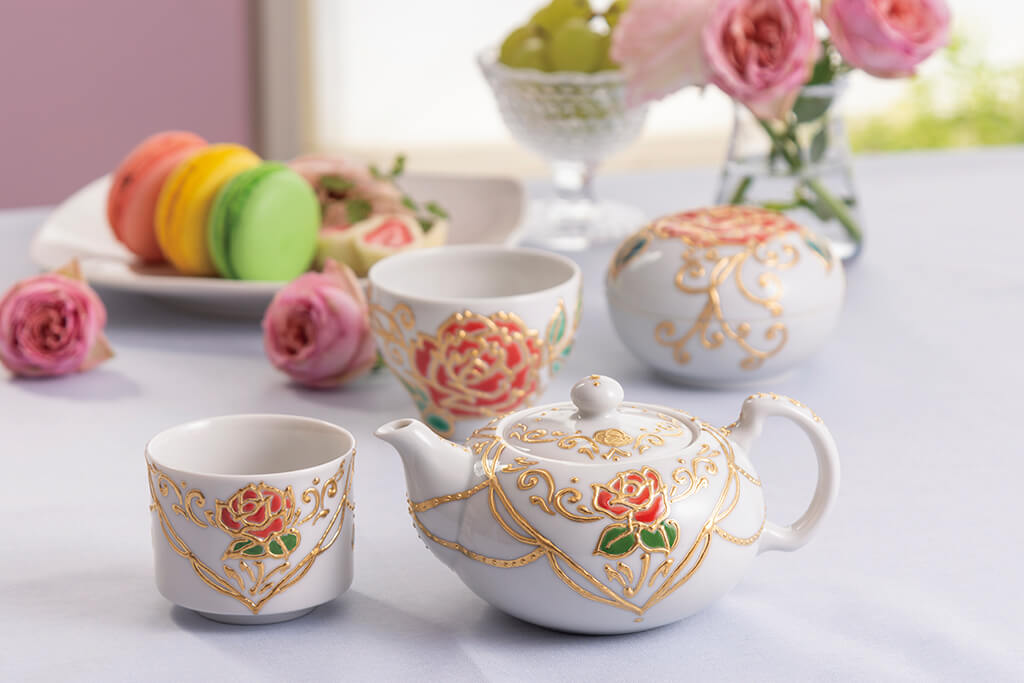Kutaniyaki pottery is one of the most representative forms of colored porcelain in Japan, and its greatest appeal lies in the patterns it produces.
In 1975, Kutani ware was recognized as a traditional craft by the Ministry of International Trade and Industry (now the Ministry of Economy, Trade and Industry), and the following year it was designated an intangible cultural asset by Ishikawa Prefecture, and Tokuda Yashokichi III and Yoshida Minori were recognized as living national treasures by the Japanese government.
Kutani ware is known for its Kutani Gosai (five colors).The characteristic of Kutani ware is the five-color technique of "red, yellow, green, purple and navy blue", which is expressed in the beautiful color effects and graceful patterns of the painting.The technique of five-color painting has been handed down to the present day.The production of Kutaniyaki requires advanced techniques, especially the painting and glazing techniques, which are extremely delicate.The craftsmen carefully hone their skills to produce excellent pieces.
The style of Kutani ware varies greatly depending on the "kiln.The charm of Kutani ware lies in the fact that each kiln is a school of its own and there is a wide variety of pottery designs.

